Japan is world-famous for sushi, sashimi, ramen, and wagyu beef. For many years, however, visitors who followed a plant-based diet often found it difficult to enjoy Japanese cuisine without compromise. Fish stock (dashi), eggs, and hidden animal-based seasonings are so common that eating strictly vegan can be tricky. But things are changing. The demand for vegan and vegetarian food is growing worldwide, and Japan is gradually responding with more products, restaurants, and creativity than ever before.
What is Vegan Food?
So what exactly is vegan food? At its core, vegan cooking avoids all animal products: no meat, seafood, dairy, or eggs. Instead, dishes rely on vegetables, grains, legumes, nuts, seeds, and plant-based seasonings. Unlike vegetarian diets, veganism also excludes hidden animal-derived ingredients such as bonito flakes, fish sauce, gelatin, or butter.
While Japanese cuisine has historically leaned heavily on seafood, it also has deep traditions of vegetable-focused cooking from Buddhist temple cuisine (shōjin ryōri). Modern chefs are rediscovering those traditions while adding global inspiration.
Vegan in Japan vs. Shōjin Ryōri
Although both veganism and shōjin ryōri avoid animal products, they come from very different origins.
Veganism is a modern lifestyle and ethical choice, avoiding animal-derived food for reasons of health, environment, or compassion. It’s a global movement that also includes concern for sustainability, animal welfare, and plant-based innovation. In Japan, “vegan” is a relatively new concept, often introduced through international influence, tourism, and global wellness trends.
Shōjin ryōri (精進料理), on the other hand, is Japan’s centuries-old Buddhist temple cuisine. It was developed as part of Zen Buddhist practice, emphasizing simplicity, respect for nature, and mindfulness in cooking. The goal isn’t only to avoid meat but also to purify the mind through food. Every ingredient is used without waste, vegetable peels, stems, and roots are cooked with care. The flavor comes from umami created by kombu (kelp), shiitake mushrooms, and fermented seasonings like miso or soy sauce.
In short, veganism in Japan is modern, health-conscious, and global, while shōjin ryōri is spiritual, traditional, and locally rooted. Today, they beautifully overlapm, any vegan chefs reinterpret shōjin ryōri principles in creative, contemporary ways.
Some Vegan Japanese Snacks
Onigiri (おにぎり) – Rice Balls
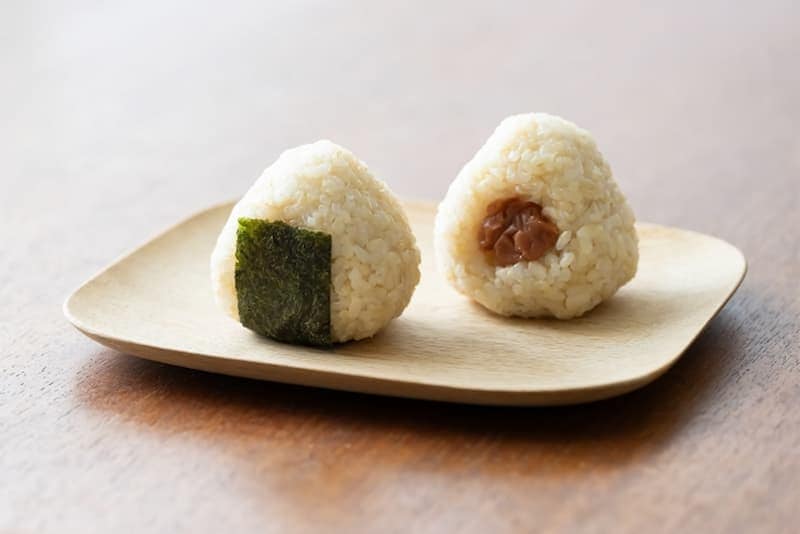
Onigiri are one of Japan’s most iconic and portable snacks—triangular rice balls wrapped in nori (seaweed). While many fillings use fish or meat, vegan-friendly options like umeboshi (pickled plum), konbu tsukudani (simmered seaweed), or takana (pickled mustard greens) are easy to find. The texture of warm rice and salty-sour fillings makes it satisfying even without animal ingredients. In convenience stores (konbini), look for labels with “梅” (plum) or “昆布” (kelp) to stay vegan-safe.
Main Ingredients:
- White rice (ご飯)
- Nori seaweed (のり)
- Salt (塩)
- Vegan fillings such as pickled plum (梅), kelp (昆布), or mustard greens (高菜)
Avoid onigiri labeled ツナマヨ (tuna mayo), 鮭 (sake/salmon), or 明太子 (mentaiko/cod roe)—they contain fish or egg. Check for 梅 (plum) or 昆布 (kelp) for vegan-safe options.
Senbei (せんべい) – Rice Crackers
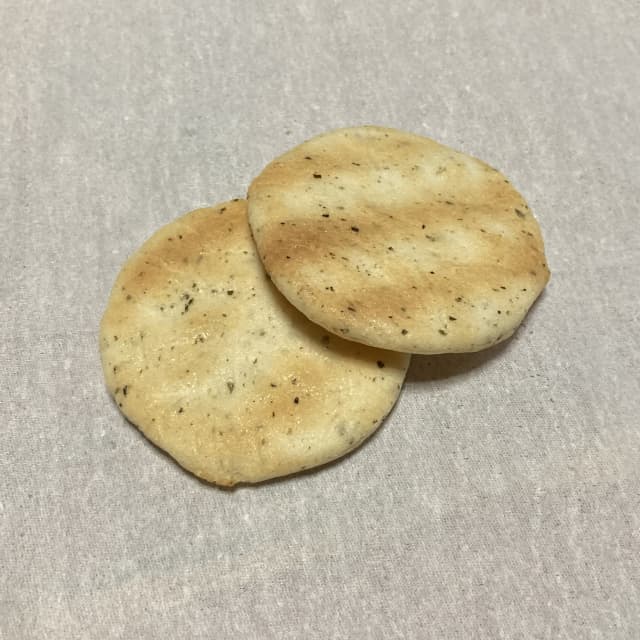
Senbei are crunchy, aromatic rice crackers that come in countless regional variations. Traditional versions are grilled over charcoal and brushed with soy sauce. To enjoy vegan senbei, check the ingredients for the absence of katsuo dashi (bonito extract). In artisanal stores, you can find simple soy-sauce senbei or sweet ones glazed with sugar syrup. These are a favorite tea-time companion across Japan, offering that nostalgic shoyu aroma everyone loves.
Main Ingredients:
- Rice flour (米粉)
- Soy sauce (醤油)
- Sugar or mirin (砂糖・みりん)
Some senbei contain かつおだし (bonito broth), えび (shrimp), or バター (butter) for flavor. Stick to plain shoyu or sweet glazed varieties labeled “しょうゆ味 (soy sauce flavor).”
Daifuku Mochi (大福餅) – Sweet Rice Cake
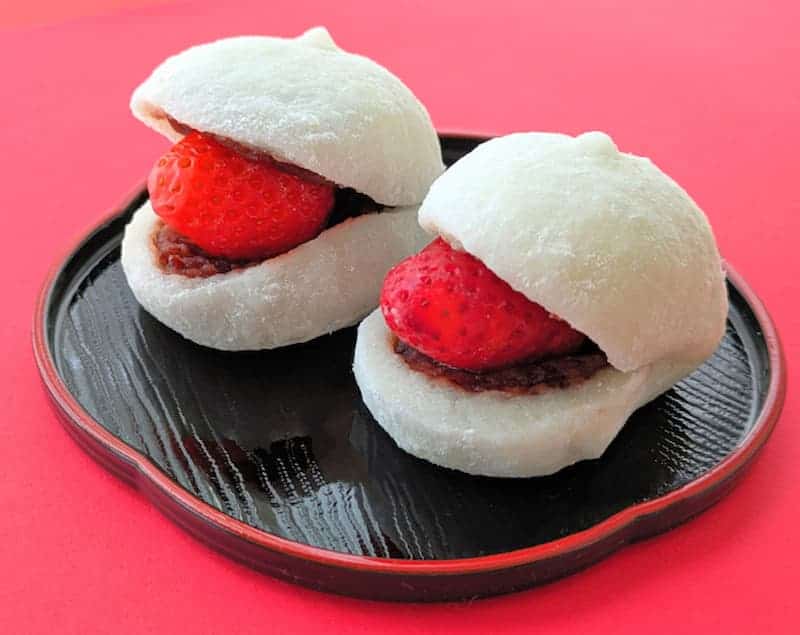
Daifuku mochi are chewy rice cakes filled with anko (sweet red bean paste). They are naturally vegan since mochi is made from glutinous rice and water, and the filling uses adzuki beans and sugar. Some modern versions use cream fillings, so choose the traditional type to stay vegan. Daifuku represent harmony and good fortune, making them a must-try snack in both temples and local shops. The smooth texture and gentle sweetness perfectly express Japanese minimalism in dessert form.
Main Ingredients:
- Glutinous rice flour (もち米粉)
- Red bean paste (あんこ)
- Sugar (砂糖)
- Cornstarch or potato starch (片栗粉)
Avoid cream daifuku containing 生クリーム (fresh cream), ミルク (milk), or ホイップ (whipped cream). Choose the traditional anko type to stay vegan.
Warabi Mochi (わらび餅) – Bracken Starch Jelly
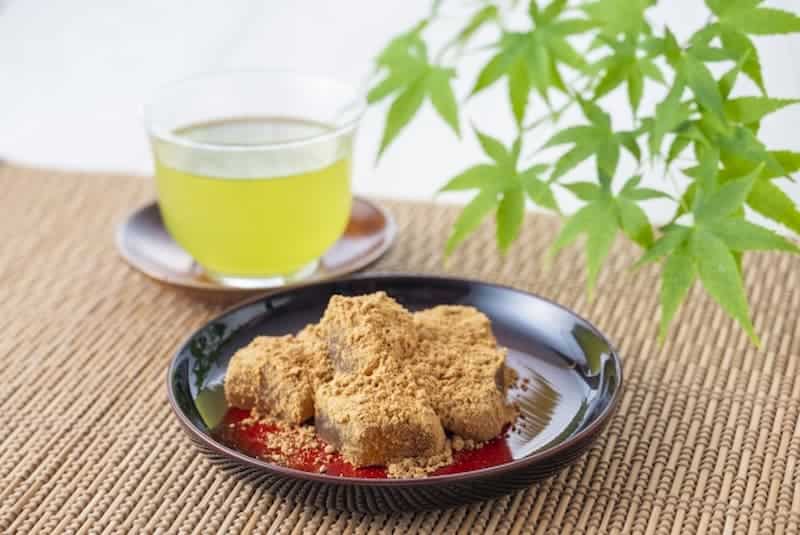
Soft, translucent, and jelly-like, warabi mochi is a summer favorite from Kansai. Made from bracken starch (warabiko), sugar, and water, it’s served with roasted soybean flour (kinako) and brown sugar syrup (kuromitsu). The earthy flavor of kinako balances beautifully with the delicate texture. Though it’s called “mochi,” it’s not the same as glutinous rice mochi. This dessert is fully plant-based and a refreshing treat on hot days, often found in Kyoto cafés or summer festival stalls.
Main Ingredients:
- Bracken starch (わらび粉)
- Sugar (砂糖)
- Water (水)
- Kinako (きな粉)
- Kuromitsu syrup (黒蜜)
Usually vegan, but prepackaged versions may include ゼラチン (gelatin) or 乳 (milk) as stabilizers.
Edamame Chips or Roasted Soy Snacks
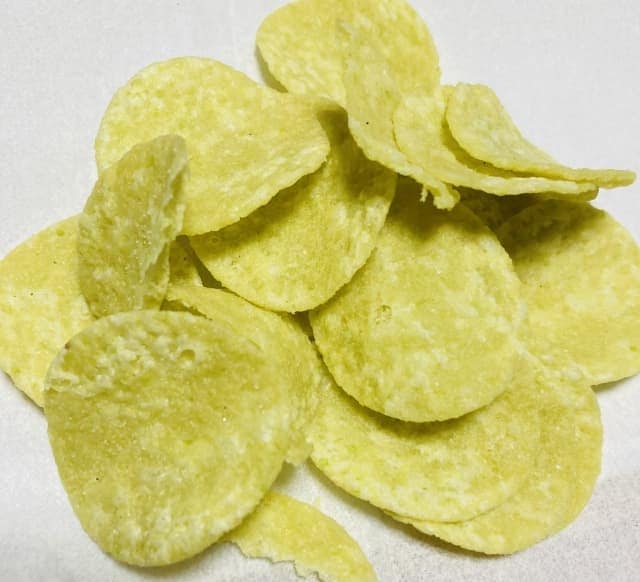
Japan’s love for soybeans goes far beyond tofu. Edamame chips, roasted soybeans (iri-daizu), or soy jerky are popular vegan protein snacks. They deliver a nutty, umami-rich taste that pairs well with tea or sake. Recently, Japanese brands have developed creative versions using local soybeans and natural seasonings, catering to both fitness enthusiasts and vegans. You’ll often find them in health stores or airport souvenir shops as light, high-protein munchies.
Main Ingredients:
- Edamame or soybeans (枝豆・大豆)
- Salt (塩)
- Vegetable oil (植物油)
Flavored versions can include チーズ味 (cheese), ベーコン味 (bacon), or だし (fish stock). Go for “プレーン (plain)” or “塩味 (salt flavor)” options.
Vegan Matcha Chocolate or Cookies

Vegan matcha sweets are gaining popularity, especially among younger consumers. Made with oat milk, almond milk, or cocoa butter alternatives, these treats balance the bitterness of matcha with creamy textures—without dairy. Tokyo-based artisanal brands and even some convenience stores now offer plant-based matcha cookies and chocolate bars. They reflect Japan’s ability to blend tradition (matcha) with innovation (vegan confectionery).
Main Ingredients:
- Matcha powder (抹茶)
- Flour (小麦粉)
- Cocoa butter or plant-based oil (カカオバター・植物油)
- Oat milk or almond milk (オートミルク・アーモンドミルク)
- Sugar (砂糖)
Regular matcha sweets often contain 乳 (milk), バター (butter), or 卵 (egg). Look for “植物性ミルク (plant-based milk)” or “ヴィーガン認証 (vegan certified)” marks.
Recommended Vegan Food in Japan
Vegan Ramen
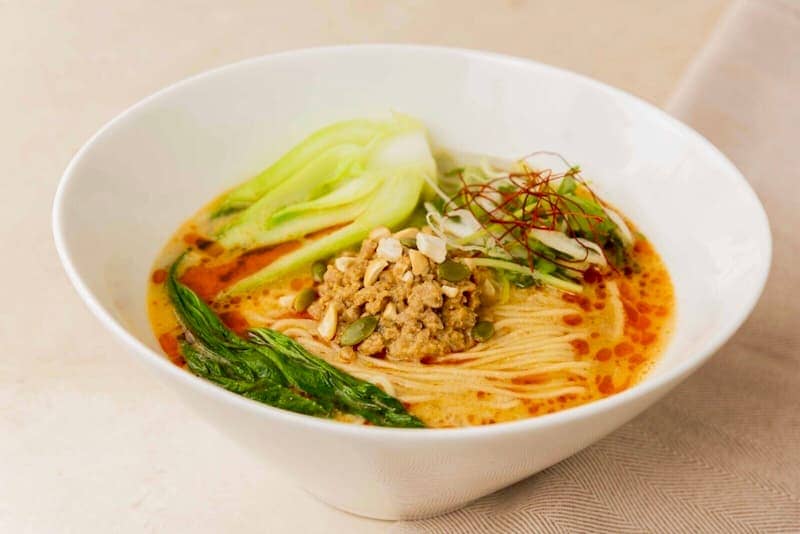
Source: T’s Restaurant HP
Ramen has evolved dramatically. Shops like T’s Tantan (Tokyo Station) or Afuri offer rich broths made from sesame, soy milk, or vegetable stock instead of pork bones. Vegan ramen often features grilled mushrooms, bok choy, and miso paste for a full umami flavor.
Vegan Curry
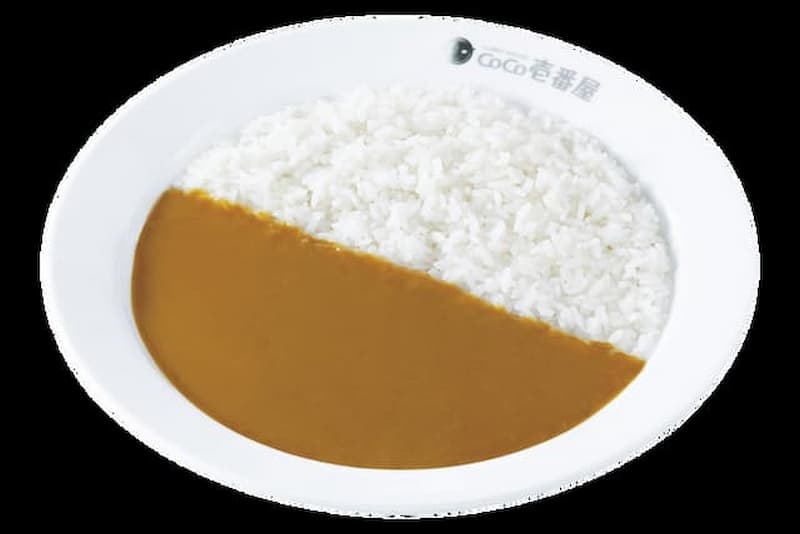
Japanese curry is usually thickened with roux containing butter, but vegan versions use coconut milk or vegetable oil. Restaurants such as CoCo Ichibanya even have vegan curry menus.
Vegan Sushi
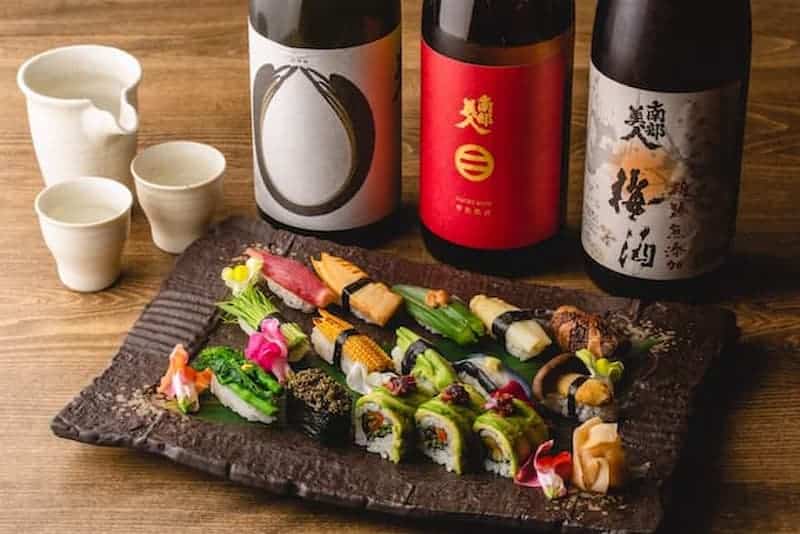
Image Source: Gonpachi HP
Chefs are reimagining sushi with avocado, pickled vegetables, or inari-zushi (sweet tofu pockets filled with rice). Sushi Gonpachi and Saido in Tokyo serve creative vegan sushi sets that highlight the natural beauty of vegetables.
Vegan Bento
Vegan bentos are gaining popularity across Japan as more people embrace health and sustainability. Once limited to specialty cafés, they are now available at train stations, convenience stores, and online delivery services.
At Tokyo or Shinjuku Station, you can find certified “saishoku bentō” featuring tofu hamburg steak, deep-fried wheat gluten, or seasonal vegetables. Even Natural Lawson offers vegan options, while some 7-Eleven stores have tested frozen vegan meals. For those ordering online, brands like Grino and VCook Deli deliver ready-to-heat plant-based bentos.
What makes these boxes special is their balance of color, taste, and nutrition, using soy meat, beans, and fresh produce to reflect the Japanese spirit of harmony. Today, vegan bentos are enjoyed not only by vegans but by anyone looking for a healthy, eco-friendly meal on the go.
Shojin Ryori Kaiseki
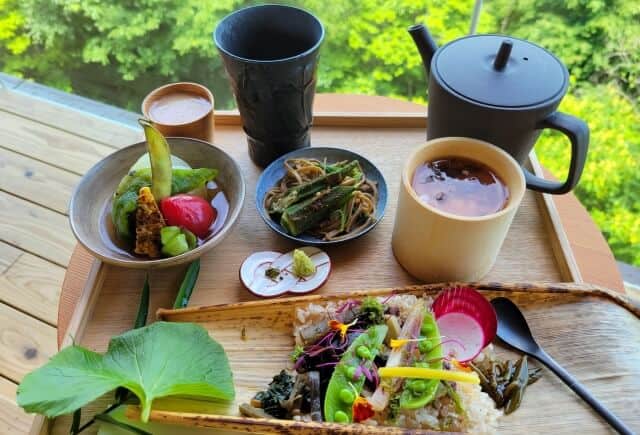
For a spiritual culinary experience, visit Buddhist temples in Kyoto or Koyasan, where you can enjoy shōjin ryōri multi-course meals prepared with seasonal vegetables. Every dish is a meditation on simplicity and gratitude.
Recipe of Umeboshi Onigiri (Pickled Plum Rice Balls)
Umeboshi Onigiri is a simple yet iconic Japanese rice ball filled with salty and sour pickled plums. Entirely vegan, it balances the tartness of umeboshi with the gentle sweetness of freshly cooked rice. This onigiri travels well, keeps for several hours at room temperature, and is often found in bento boxes. To keep the nori crisp, wrap it just before eating.
Ingredients
| Ingredient | Amount |
|---|---|
| Cooked Japanese rice (short-grain) | 1 bowl (about 150g) |
| Umeboshi (Japanese pickled plum) | 1 piece |
| Salt | a pinch |
| Nori (seaweed sheet) | 1 strip |
| Sesame seeds (optional) | small amount |
Instructions
Cook short-grain Japanese rice and let it cool slightly until warm to the touch.
The rice should be sticky enough to hold its shape.
Remove the pit from the umeboshi.
Chop the flesh finely if you want a milder taste, or leave it whole for a stronger sour flavor.
Wet your hands lightly with water to prevent sticking.
Rub a pinch of salt onto your palms. This adds flavor and acts as a natural preservative.
Take a handful of rice and flatten it slightly in your palm.
Make a small dent in the center and place the umeboshi (whole or chopped) inside.
Cover the filling with a little more rice and gently shape it into a triangle or ball. Press lightly, not too tight so the rice grains stay soft.
Wrap a strip of nori around the onigiri.
You can also sprinkle toasted sesame seeds on top for extra aroma and texture.
Serve immediately for the best texture, or wrap in plastic wrap to take as a bento lunch.
The salty-sour umeboshi naturally keeps the rice fresh.
Takeaway
The takeaway is that vegan food in Japan is no longer an afterthought. While it still requires some planning, options are increasing at every level, from vegan Japanese snacks in convenience stores to fully plant-based restaurants in major cities. Traditional cooking methods like shōjin ryōri prove that plant-focused cuisine has always been part of Japan’s culture, and modern innovation is pushing it forward.
Whether you are a long-time vegan, a curious vegetarian, or simply looking to cut down on meat while traveling, Japan now offers more opportunities than ever to explore its cuisine without compromise. Next time you visit, try a kombu-shiitake miso soup at home, taste some mochi on the street, or sit down at a Japanese vegetarian restaurant. You might discover a side of Japanese food culture that is both authentic and refreshingly modern.
FAQ
- Is Japan difficult for vegans?
Yes and no. Fish broth is common, but in big cities like Tokyo, Kyoto, and Osaka, dedicated vegan cafés are increasing every year.
- Can I find vegan ramen?
Yes! Shops such as T’s Tantan serve ramen with sesame or soy-milk broth instead of pork bones.
- Are traditional Japanese sweets vegan?
Many are naturally vegan, like mochi or yokan (sweet bean jelly), though modern versions sometimes add dairy, so double-check.
- Do Japanese dishes often contain hidden animal ingredients?
Yes, some soups or sauces use fish-based dashi, so it’s best to ask before ordering.
- How can I ask for vegan or vegetarian food in Japanese?
You can say: “ビーガンの料理はありますか?” (Biigan no ryouri wa arimasu ka?) — “Do you have vegan dishes?”
- What’s the best city for vegan dining in Japan?
Kyoto is famous for shojin ryori, and Tokyo offers the most variety of vegan-friendly restaurants.
- What traditional Japanese foods are naturally vegan?
Edamame, rice, pickled vegetables, tofu, seaweed salads, and vegetable tempura are good options.
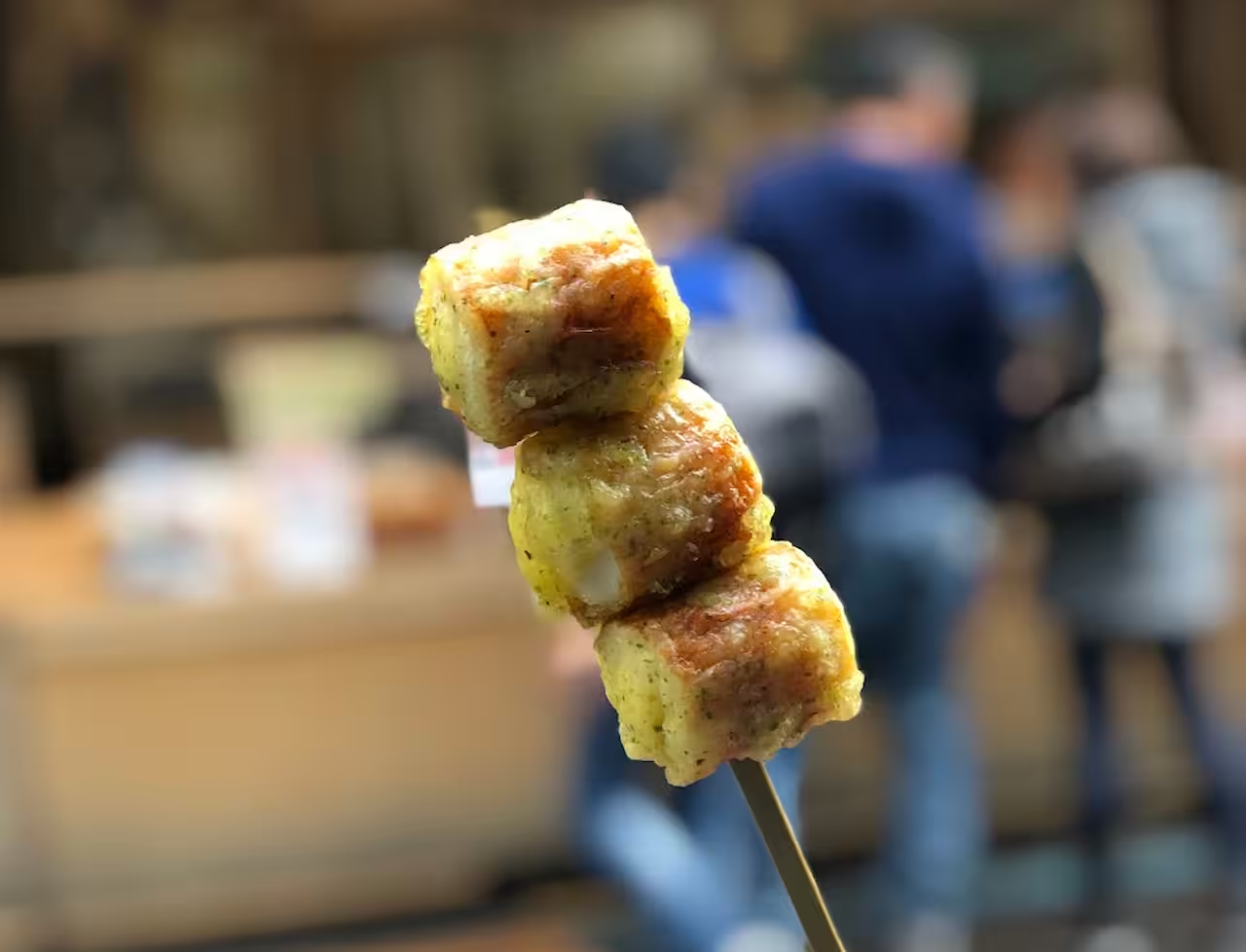
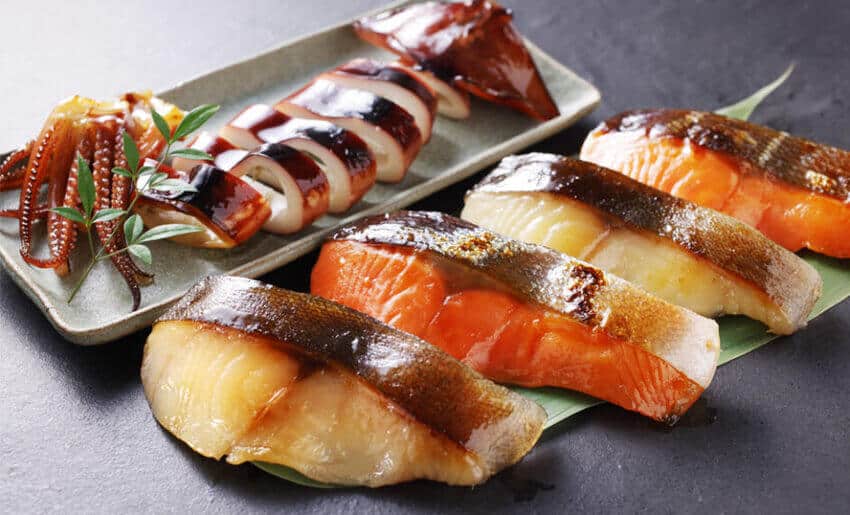

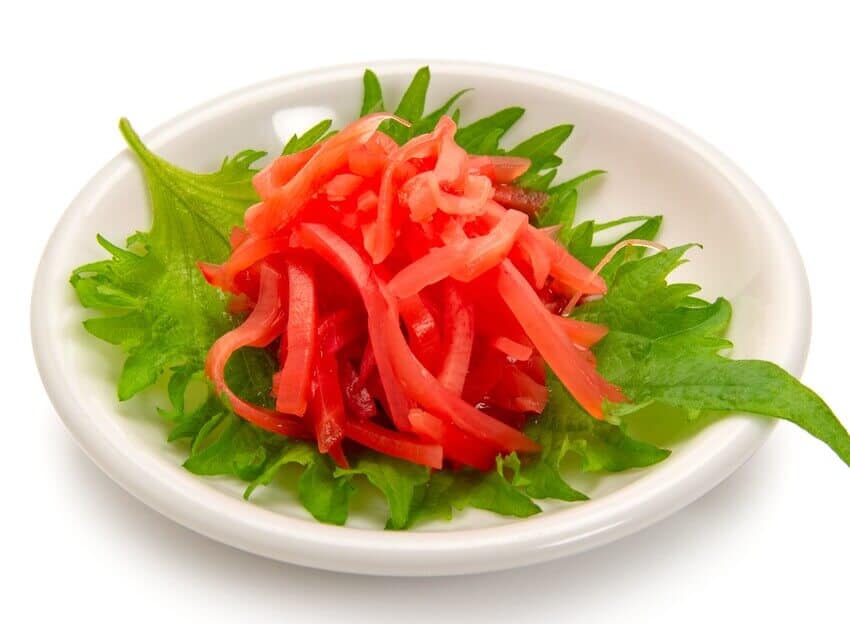


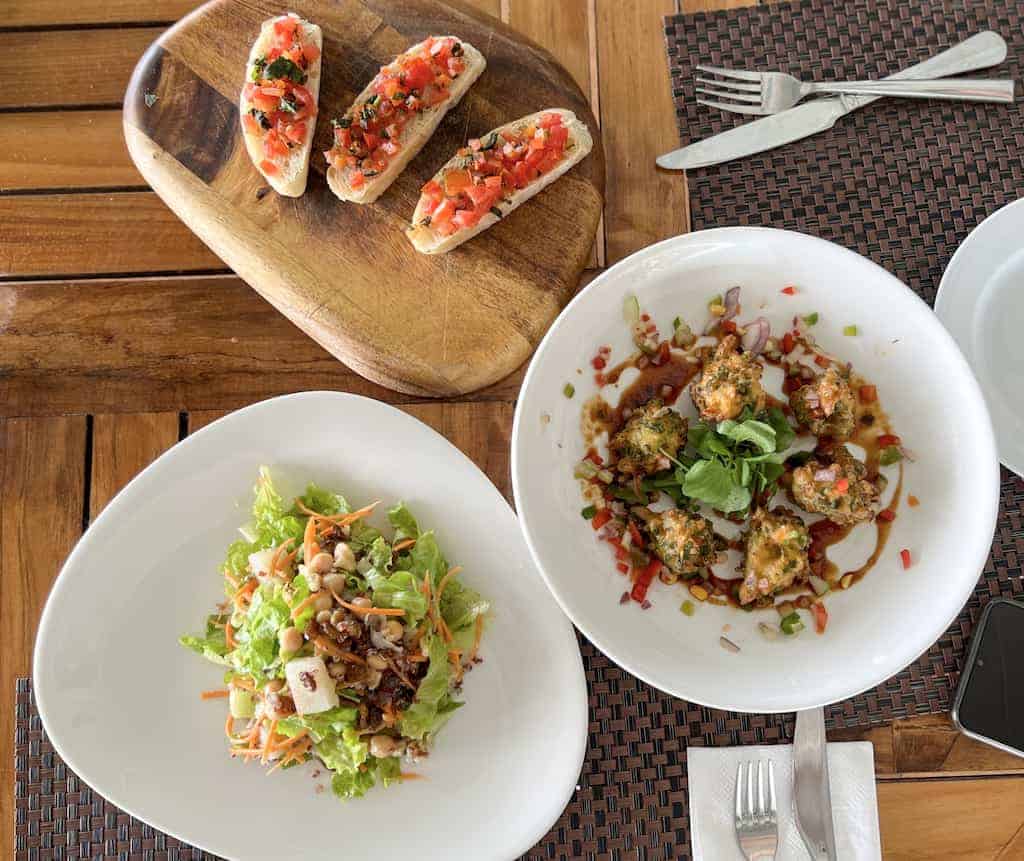

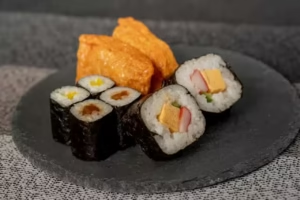
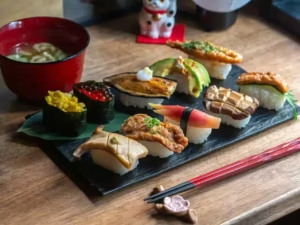

Comments